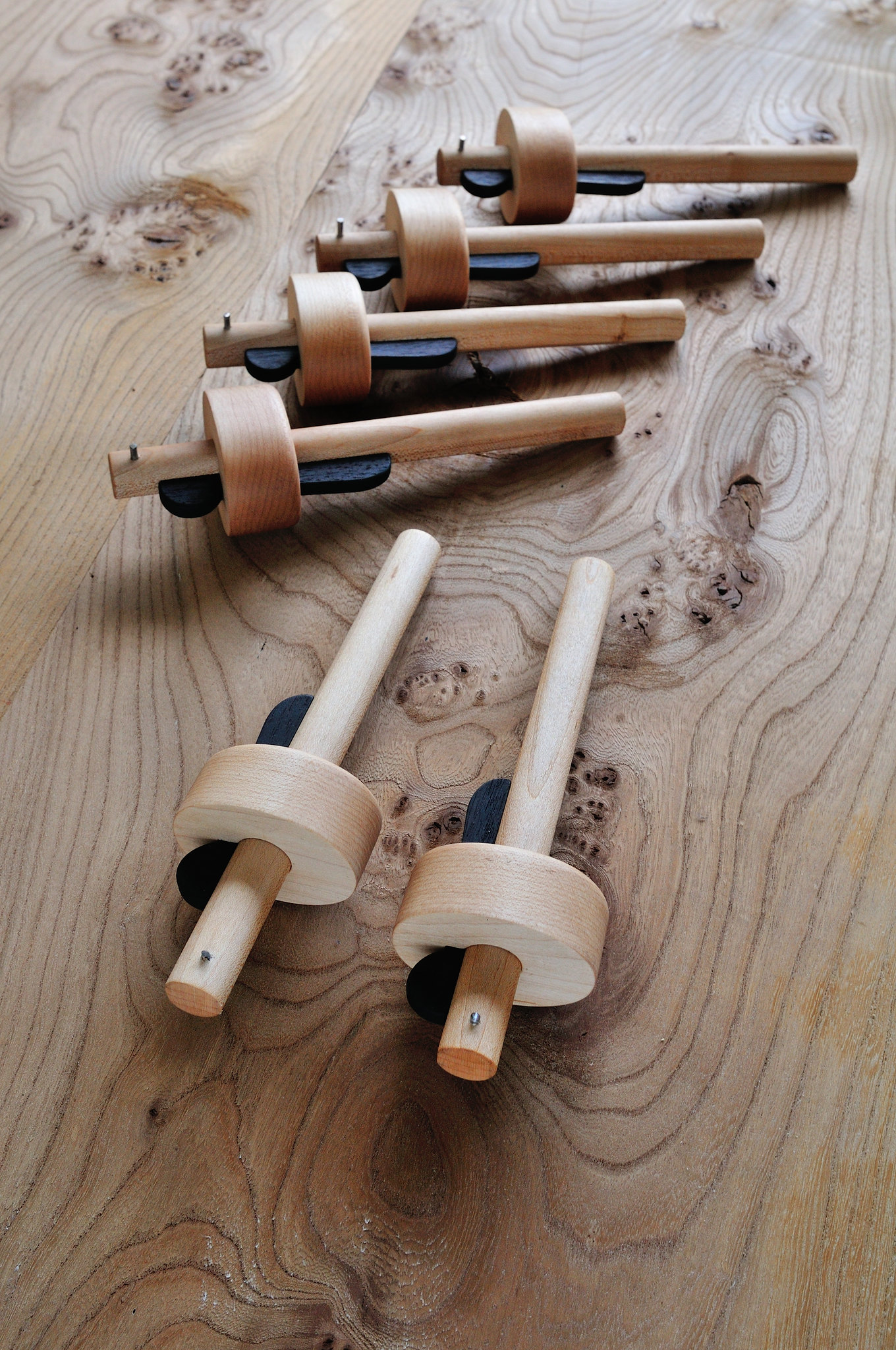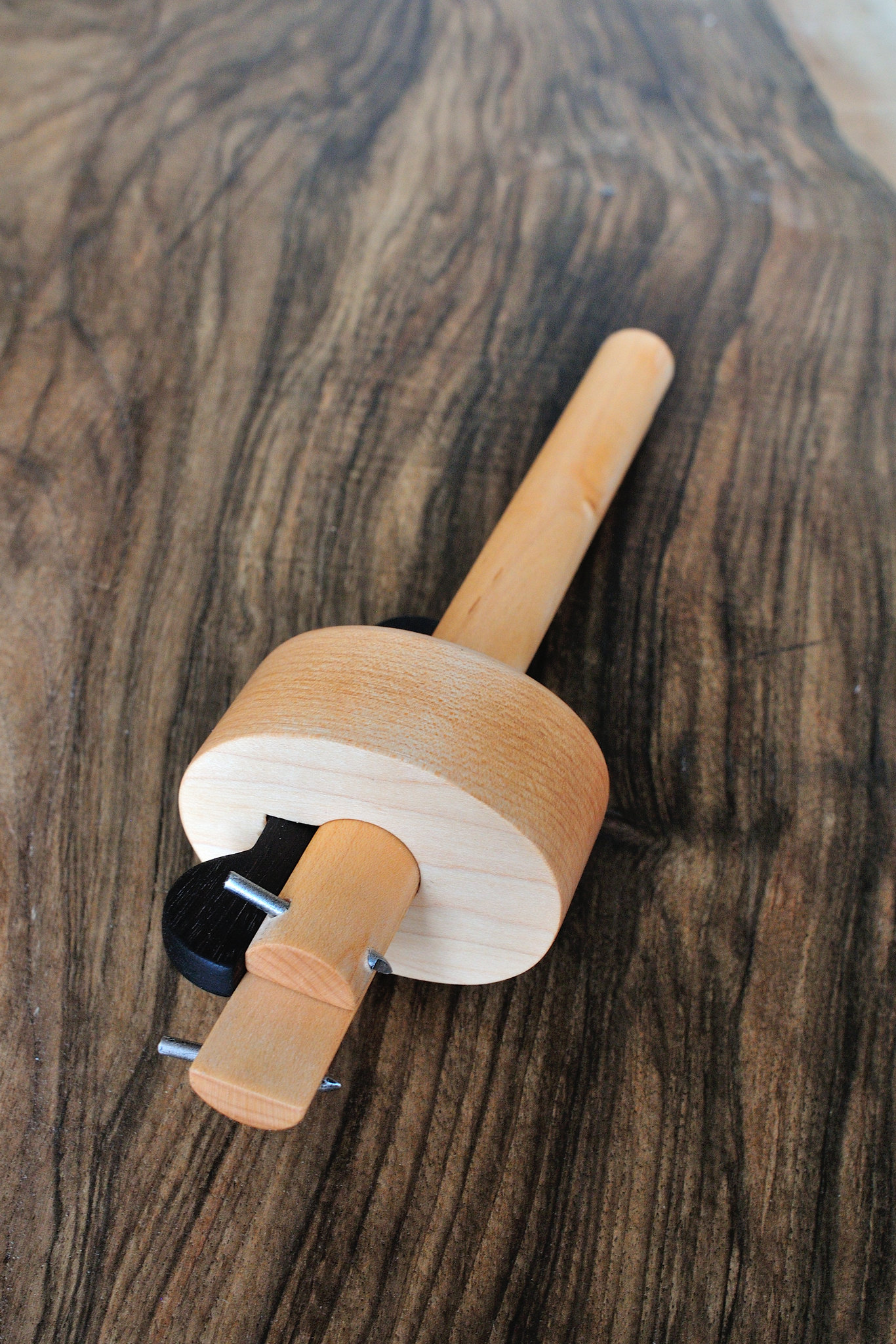As Cheshirechappie conjectures, the Fisher family ironmongery firms do, indeed, substantially pre-/post-date the 1897 trade directory listing.
The earliest relevant listing I've found is for a Charles Fisher, of 34 Winchcomb Street, Cheltenham, saw maker, in 1856. At that time, Charles would have been approximately 48, and I haven't been able to ascertain what he'd been doing prior to this listing. But, his son, John Fisher, was apparently born in Newport, Isle of Wight, in the second quarter of 1842, which suggests the family was living there at that time. Charles' 1859 trade listing has him still at 34 Winchcomb Street and an ironmonger (and tool maker). The 1861 census has his family at the same address, with his occupation listed as ironmonger. At that time the family consisted of Charles, ironmonger, his wife, Ann, a daughter Mary Ann and their son John, who is listed as his assistant.
Charles passed away December 22, 1863 at the relatively young age of 55, when John would have been 21 years of age. He took over the business and is listed as a saw and tool maker, at 34 Winchcomb Street, in the
Cheltenham Annuaire from 1864 to 1873. Other directories list him as an ironmonger and tool maker in 1868 and as operating a tool warehouse, at the same address, in 1870. Once again, the
Cheltenham Annuaire lists him as an ironmonger and tool maker from 1875 to 1877. Meanwhile, on May 30, 1867, John married Elizabeth Pearce Arkell, and by the 1871 census, the household had added two young daughters and a young servant. The 1871 census includes a note that John's ironmongery firm employed 7 men and 2 boys at that time. Then, on October 28, 1875, John marries for the second time, at which time he is listed as a widower and ironmonger, with Mary Anne Collett, of Taunton, as the bride.
By the 1881 census, the household and business at 34 Winchcomb Street had grown to include three children, John C., Ethel & Frank, as well as a visitor, an ironmonger's apprentice by the name of Tom Collett (apparently Mary Anne's distant cousin), and two domestic servants. There appears to be something of a change in the focus of the business during the 1880's, judging by trade directory listings in 1880 and 1885. In addition to mentioning ironmonger, these listings also include mentions of white smith and locksmith work, as well as bell hanging.
The 1891 census shows the family, on Winchcomb Street, as having grown once again, listing 5 sons, 1 daughter and 2 domestic servants - the eldest, John C., being only 14 years old. So it must have been quite a shock to the household when John passed away the following year just short of his 50th birthday, still a relatively young man. In any event, the trade listings in 1894 and 1897 indicate the firm of John Fisher, ironmonger, is still at 34 Winchcomb Street. It seems the firm, and family, continued to flourish, as the Board of Trade Journal for October 20, 1904 reports that the firm, John Fisher & Sons Limited had been registered with £10,000 in capital, in £1 shares, in order to acquire the ironmonger business carried on at 34 and 35 Winchcomb Street, Cheltenham. This limited firm continues to be listed as an ironmonger until, at least, 1938. From 1941 to 1948, the firm is listed as builders and merchants, and they seem to have moved the business to 16 Fairview Road, Cheltenham. They may have continued after that, but I've run out of evidence for the present.
Needless to say, the above doesn't help narrow down the possible date of manufacture of your mortise gauge. Additionally, it seems to open the door to the possibility, at least, that Charles or John Fisher may have made it. Incidentally, I did find a John Fisher advertisement for 1875. Hope this has been of some interest.
Don McConnell
Eureka Springs, AR






































